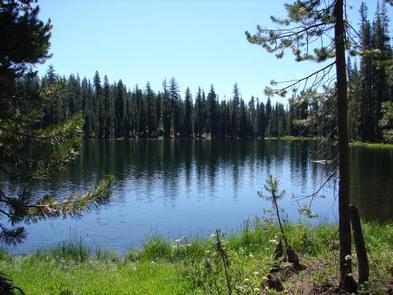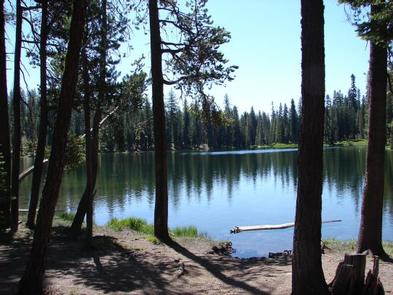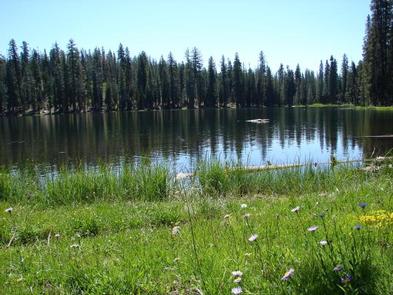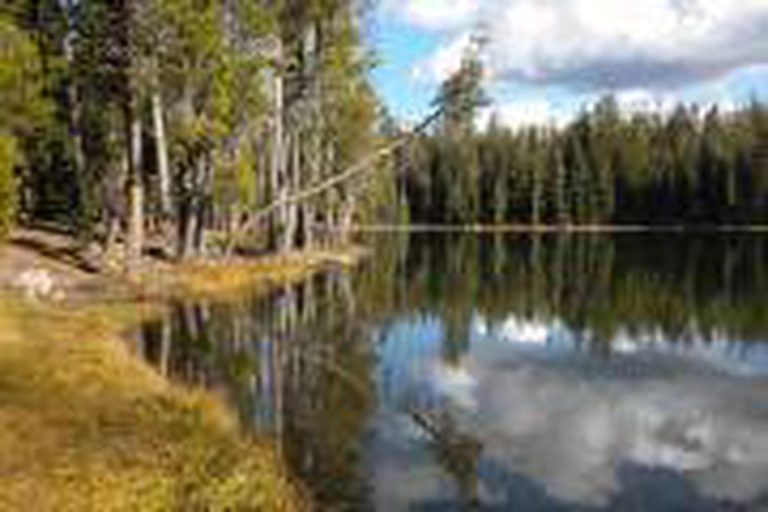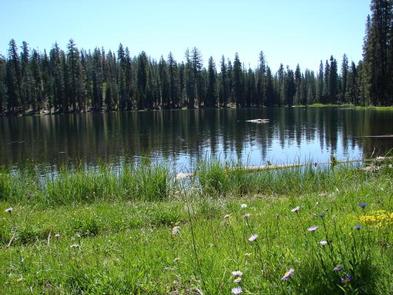Directions
From Redding, California take State Highway 44 east approximately 48 miles to the Manzanita Lake entrance of the park. The campground is 14 miles south of the entrance on the main park road.
Phone
530 595-6121
Activities
CAMPING, FISHING, HIKING, PICNICKING, VISITOR CENTER, DAY USE AREA, SWIMMING SITE
Keywords
SULN,LASSEN VOLCANIC NATIONAL PARK
Related Link(s)
California State Road Conditions
Overview
Summit Lake North Campground (elevation 6,700 ft.) is conveniently located on the main road of Lassen Volcanic National Park. The campground is within walking distance of the small but scenic Summit Lake and eight miles from the 10,457-ft. Lassen Peak, the largest volcano in the park..
Hikers will find one of the park’s major trails only 1/4-mile away from the campground and many more within a close proximity. Summit Lake North is on the opposite side of the lake from Summit Lake South Campground.
Recreation
The campground is a hub for hiking and backpacking enthusiasts. Campers can access many of the park’s 150 miles of hiking trails from the Summit Lake area. The Cluster Lakes loop trail–a major trailhead into the park’s interior that bypasses several alpine lakes and is popular among birders–is located a short walk from the Summit Lake Ranger Station. This is the closest campground to the Lassen Peak Trail and within 10 miles of the hydrothermal area Bumpass Hell. Educational programs are presented at an amphitheater within the facility.
Facilities
This facility has flush toilets, drinking water, campfire rings and picnic tables. For more information visit Campgrounds of Lassen Volcanic.
Natural Features
The national park is known for its volcanic history, as well as its diversity of plants and animals. It contains 300 active volcanic domes and many hydrothermal features, such as mud pots and steam vents. Lassen Peak is the southernmost active volcano in the Cascades, and the second most recent volcano to erupt in the lower 48 of the United States before Mount Saint Helens.
Lassen National Park boasts over 700 species of flowering plants and 250 native species including birds, mammals, reptiles and fish. The park is at the junction of the Cascade Mountains, the Sierra Nevada Mountains and the Great Basin, providing many unique habitats.

